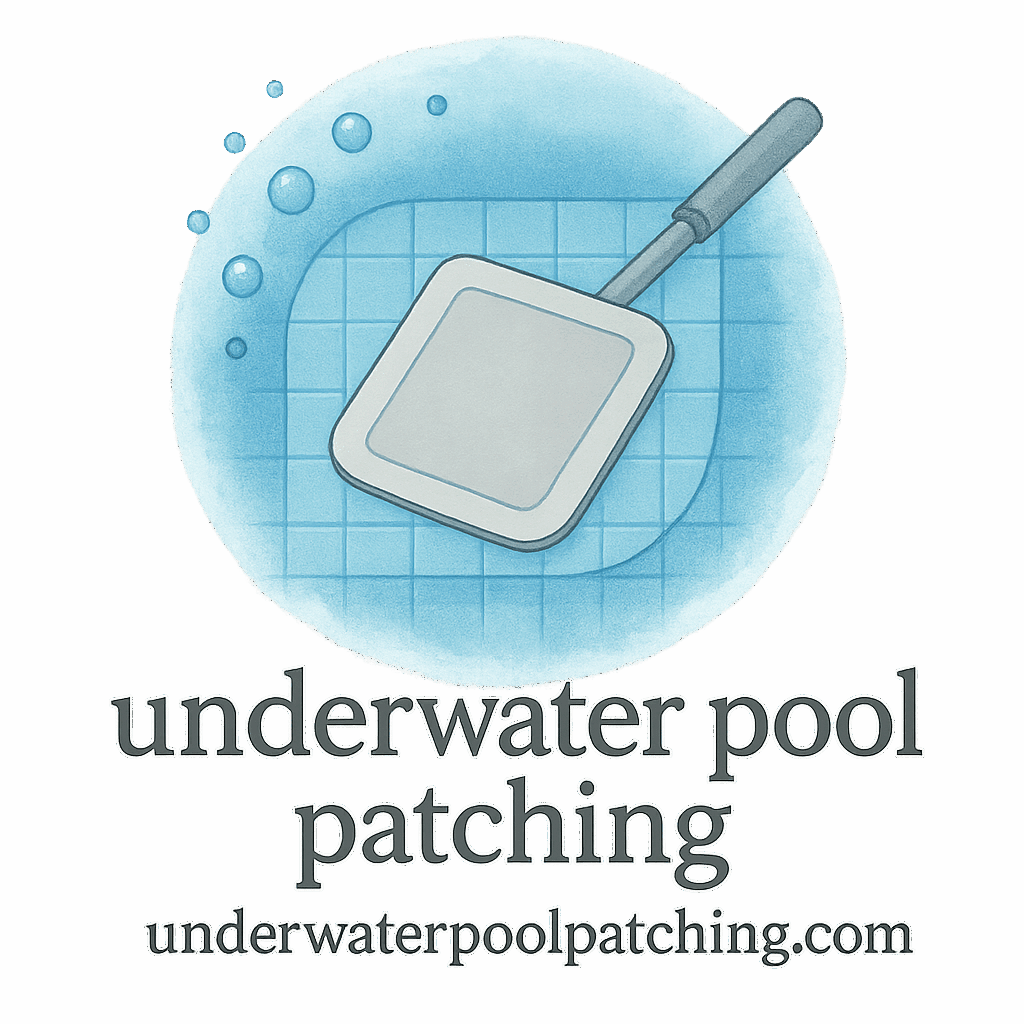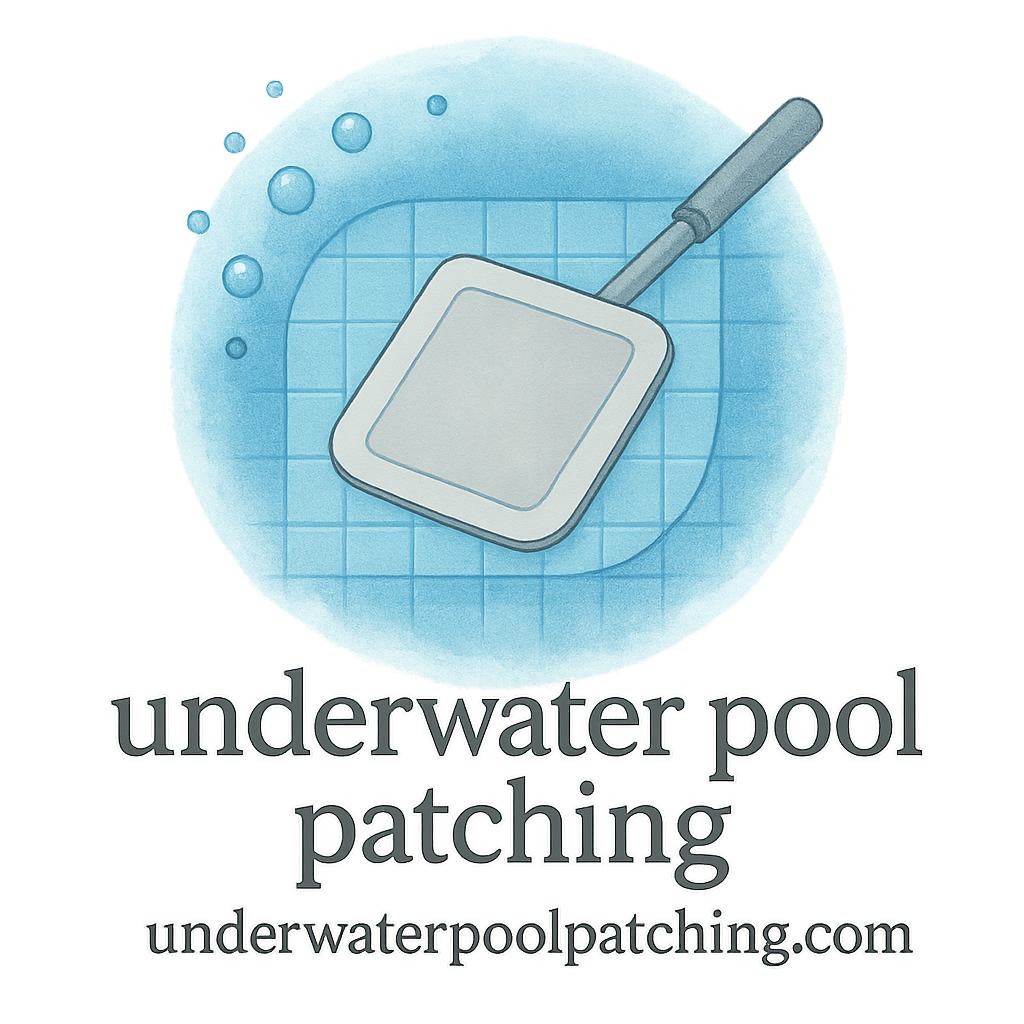Keeping your pool watertight is one thing. Keeping it sealed while it moves? That’s next level. When your pool structure shifts due to ground movement, hydrostatic pressure, or simple wear and tear, you need patch solutions that move with it. In this post, we’re diving (pun intended!) into 10 flexible patch options perfect for underwater pool movement.
Why Flexible Pool Patches Matter
Let’s face it—no pool is 100% still. Even the most well-built concrete shell or vinyl liner moves a bit over time. Whether it’s settling soil or expanding walls, your pool isn’t stationary. That’s where flexibility in patching becomes essential.
The Science Behind Pool Movement
Pools shift due to temperature changes, water pressure, ground movement, and even vibrations. Rigid patches may crack, but flexible ones bend without breaking. It’s like comparing glass to rubber—one shatters, the other stretches.
Rigid vs. Flexible Repairs
Rigid repairs may seem solid at first, but they often fail with repeated motion. Flexible patches, however, adapt. That’s why we always recommend movement-compatible materials when diagnosing leaks. Learn more about movement issues and leak detection here.
1. Epoxy-Based Patches
Flexible epoxy patches are kings of underwater fixes. They’re chemically engineered to resist water intrusion while adapting slightly to motion.
Best Use Cases
- Hairline cracks in plaster
- Vinyl seams
- Pipe penetrations
Pros and Cons
Pros: Durable, waterproof, mold-resistant
Cons: Not ideal for heavy movement or wide cracks
Explore the different epoxy types here to find what fits your project.
2. Rubberized Vinyl Patches
Rubberized vinyl patches bring the flexibility of rubber and the strength of vinyl together.
Flexibility Under Pressure
These are especially great for vinyl liners that stretch and shift as water levels change.
Longevity & Maintenance
They’re built to last with the right maintenance. Regular routine checks can extend their life significantly.
3. Silicone Sealant Patches
Silicone-based patches are extremely watertight and flexible, even under high pressure.
Watertight and Adaptable
Great for odd-shaped cracks or seams near return jets or stairs. Silicone molds itself around uneven surfaces. It’s like giving your pool a waterproof Band-Aid.

4. Polyurethane Pool Patches
These patches offer extreme elasticity. They’re used in professional pool repairs for shifting concrete and plaster.
Highly Elastic for Shifting Pools
Think of them as yoga instructors for your pool—they stretch, bend, and don’t break. This makes them ideal for long, structural cracks.
5. Hybrid Mesh-Reinforced Patches
When cracks are wide and the pressure is high, hybrid mesh patches are your go-to.
For Big, Deep Cracks
They combine a flexible patch base with mesh reinforcement that keeps them from tearing apart. These are often recommended during a full inspection and diagnosis.
6. Self-Adhesive Flex Patches
These are the “duct tape” of pool repair—but underwater and way more sophisticated.
Quick DIY Fixes
You peel, press, and patch. That’s it. Ideal for emergency fixes, especially during pool season. Don’t forget to factor this into your maintenance plan.
7. Thermoplastic Sheets
Thermoplastic patches use heat to bond to the pool surface, making them durable and flexible.
Heat-Activated Durability
Best used by pros or experienced DIYers. They’re tough, reliable, and great for long-term patch jobs where flexibility is key.
8. Liquid Rubber Patch Systems
These innovative systems are sprayed or rolled on and cure into a rubbery, flexible membrane.
Spray-On Flexibility
They form a seamless surface that resists cracks and adapts to movement—perfect for pool bottoms and curves. Keep them in your regular maintenance & prevention toolbox.
9. High-Density Polyethylene (HDPE) Patches
HDPE isn’t just for milk jugs—it’s a heavy-duty option for underwater patches.
Industrial Strength Solutions
These are often used in commercial or Olympic-sized pools where intense pressure and movement are constant.
10. Custom Molded Flexible Epoxy
A luxury fix? Maybe. But for high-movement zones like corners or underwater steps, custom epoxies are unmatched.
Premium Long-Term Repair
They’re designed specifically to withstand dynamic forces. Consider this for repairs needing long-lasting solutions with minimal patching techniques.
Factors to Consider When Choosing a Patch
Movement, Moisture, and Material Match
Your choice should match your pool’s material—concrete, vinyl, or fiberglass. Also, consider the type of movement the pool experiences. Patch types and materials play a big role in durability and success.
Cost vs. Value: Smart Patching Decisions
Let’s talk cash. Just because it’s affordable doesn’t mean it’s best. Go cheap and you might end up redoing it. Think long-term. We recommend checking our cost budgeting guide before starting.
Save Money While Staying Safe
Explore these tags for budget-friendly tips:
Pro Tips for Underwater Patching Success
Inspection, Diagnosis & Prevention
You can’t fix what you don’t understand. Regular diagnosis and prevention are your best bets for catching problems early.
Get the Edge with Finishing and Smoothing
A smooth finish isn’t just pretty—it prevents peeling and leaks. Learn the art of smoothing and applying the perfect edge finish.
Conclusion
So, which flexible patch is your pool’s new best friend? Whether you’re DIYing it with self-adhesive patches or calling in pros for a custom epoxy job, remember this: movement isn’t the enemy—bad patching is. Make sure your repair bends before it breaks.
Before you dive into repairs, don’t forget to visit underwaterpoolpatching.com for expert guidance, patch reviews, and repair subscriptions. Your pool deserves top-tier care!
FAQs
1. What is the best flexible patch for vinyl liner pools?
Rubberized vinyl patches are typically best due to their material compatibility and flexibility.
2. Can I patch my pool underwater without draining it?
Absolutely! Many patches like epoxy, silicone, and self-adhesive types work underwater.
3. How do I know if my patch will handle pool movement?
Check for flexibility ratings and elasticity. Look into repair techniques before applying.
4. Is liquid rubber safe for all pool types?
It works well for concrete and vinyl but always check compatibility.
5. Do flexible patches last as long as rigid ones?
When done right, flexible patches can last just as long—and sometimes even longer due to their adaptability.
6. How do I prevent cracks in the future?
Routine maintenance, inspections, and flexible materials are key.
7. Where can I get expert advice on patching?
Check out the expert guides and posts at underwaterpoolpatching.com.


